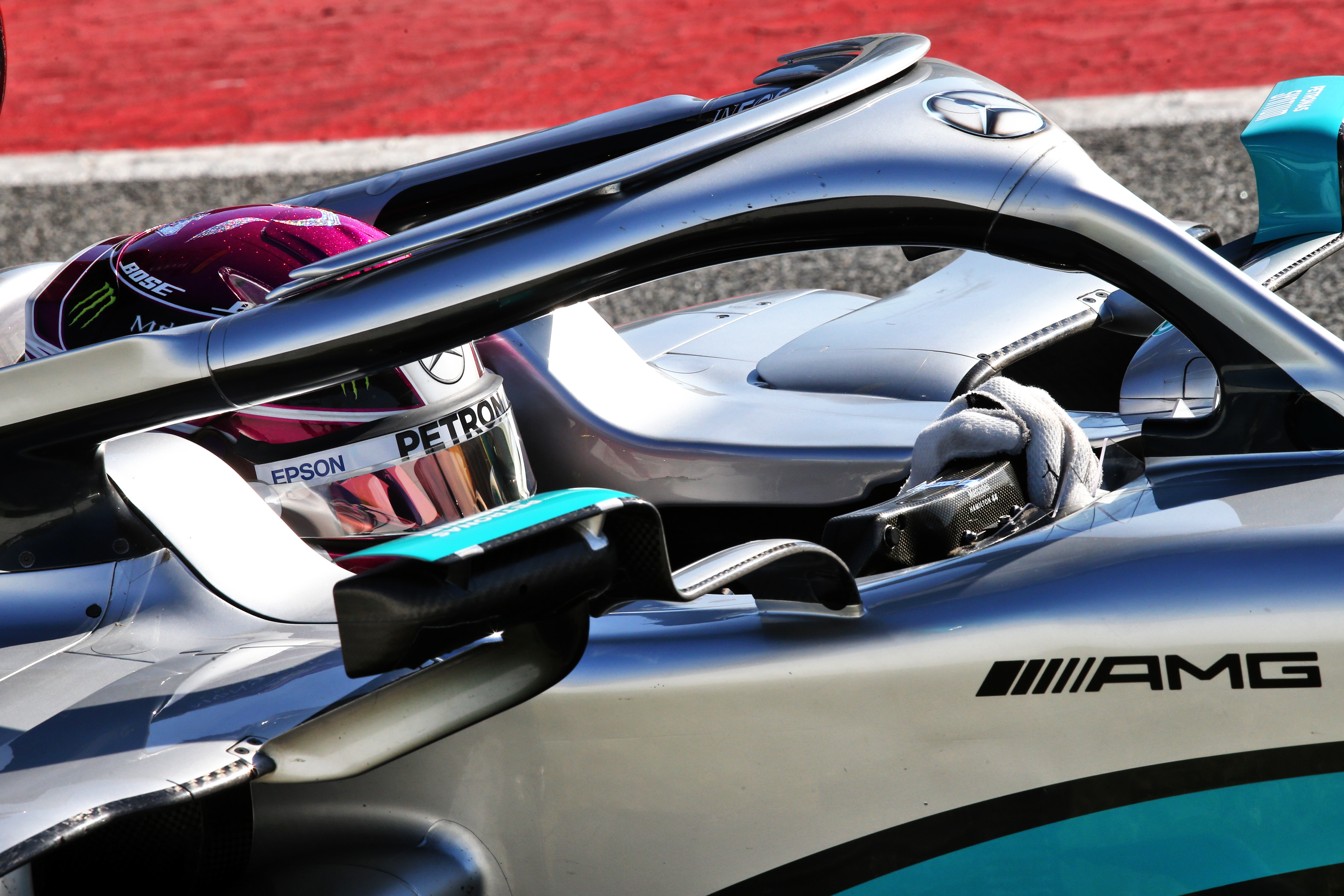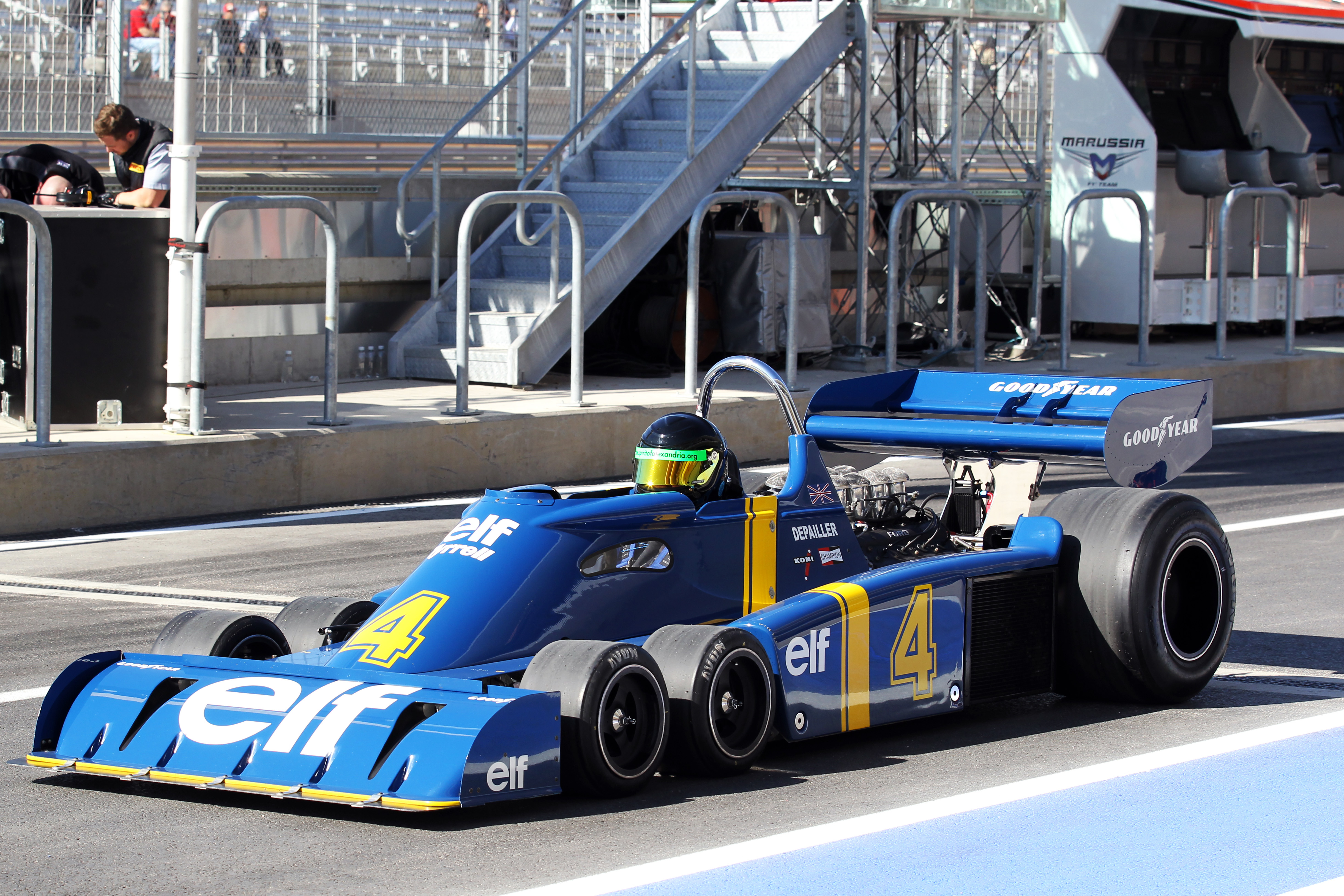Up Next

Fan interest in the Mercedes Dual Axis Steering system proves there is a ‘craving’ to see visually obvious innovation in Formula 1, according to chief designer John Owen.
In the latest video from the Mercedes ‘Deep Dive’ series, Owen suggests F1 regulations offer little opportunity for innovations that can easily be spotted by fans.
“What the DAS system proved is there’s definitely a craving in Formula 1 for a lot of that innovation, something where suddenly the driver’s moving the steering wheel differently to everyone else and something’s happened they didn’t expect,” said Owen.

“We do [want to see the innovation on track] and that’s perhaps what’s lacking, that visual innovation that people can talk about and get excited about.
“There’s lots of things on the 2020 Mercedes that are great innovations, none of which we really want to talk about because they’re our important competitive advantage.
“But there is one of them that’s obviously so visual and is talked about a lot, and the sport would be better if there were a lot more of those sorts of talking points.
“It would bring a lot more interest into the sport.”
Owen suggests allowing more scope for innovation would also lead to greater variety in car shape.
This would act as a point of interest for fans and hark back to the days when there was more visual difference between the different constructors.
“If you had more open rules, people would say look at the innovation,” said Owen.
“They look back to the 1970s, maybe when cars had six wheels instead of four and some cars had fans on them.
“The thing about that is that’s just very visual innovation – it’s about diversity, the cars look really diverse in the way they appear.
“You’ll find that actually, there’s a huge amount of diversity between the various cars. It’s just people don’t really see, a lot of it’s under the bodywork.
“And they are really, really different, there’s a lot of innovations. It’s not so much in your face as having six wheels.”

Owen did warn that F1 could run to unrestricted regulations as this would lead to cars that are impossible to drive.
Many of F1’s rule changes over the past decades have been focused on keeping speeds under control, without which lap times would have got out of control and compromised safety.
“Firstly, if there were no rules the cars would be undriveable and the drivers would be unconscious with what we’d be capable of doing with the technology.
“So rules are there to actually maintain the cars in a state that are safe and operational by humans.
“People talk about 5g round corners, you could probably get to sort of 10-12g if you wanted to without rules, and that wouldn’t be the sort of thing that would be drivable.
“It would be a ridiculous thing. You must have rules.”



